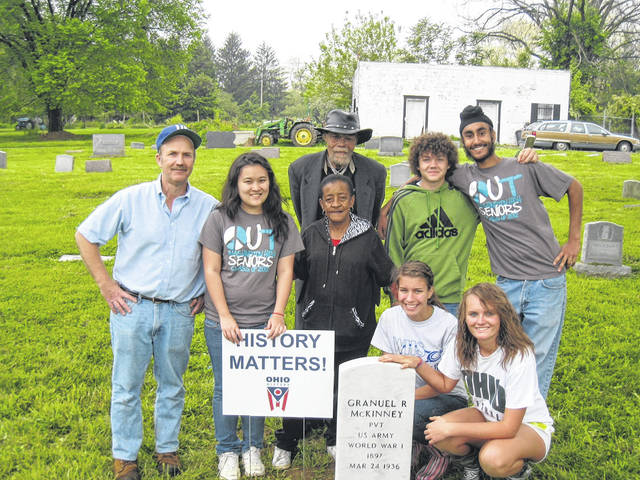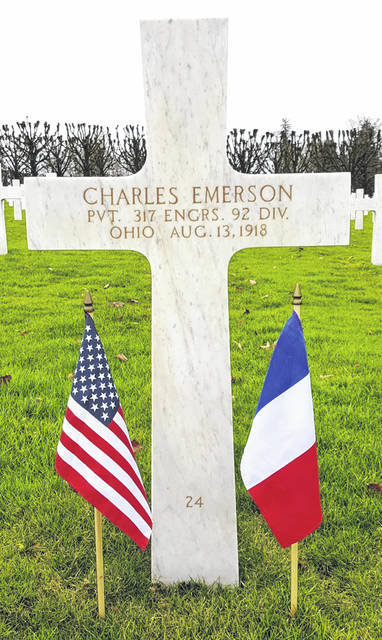


A series of lesson plans concerning the history of African-American veterans written by former Washington High School history teacher and local historian Paul LaRue was published recently on the World War I (WWI) Centennial website.
For years LaRue has honored African-American service men and women in his lessons as well as in his efforts outside of the classroom by helping to ensure students learn the history of their sacrifice for the United States. Whether it was teaching kids directly about their history, leading them in the restoration of grave markers in his research history class or writing lesson plans for teachers across the country to use in their own classrooms, LaRue has continued to highlight important African-American men and women to ensure their history endures.
With these efforts in mind, LaRue has once again completed and published a series of lesson plans — complete with resource lists — just in time for Black History Month.
“February is Black History Month,” LaRue wrote in the lesson plan. “This provides teachers an important opportunity to highlight diversity too often overlooked in classrooms. World War I content can assist in teaching diversity with lesson plans that highlight the service, sacrifice and heartbreak of African-American World War I soldiers and sailors.”
Titled “Teaching more than the Harlem Hellfighters; Black History Month, World War I, and the Classroom,” LaRue emphasized that he does not mean to ignore the Harlem Hellfighters — an African-American infantry unit in WWI that spent more time in combat than any other American unit — but means that students deserve more exposure to other groups than just, “a couple of paragraphs in a traditional textbook.”
“I believe the same concept applies to the Civil War service of the Massachusetts 54th and the World War II service of the Tuskegee Airmen,” LaRue writes. “The bravery of these soldiers and their incredible service is not in question. I do, however, worry students leave American History thinking only a small select group of African Americans served. The African American military experience is as diverse as the other men and women that served. I also question if racism, institutional bias, and African American military service are explored in a genuine way with students. African American military service cannot be explored without these painful discussions.”
The lesson plan located at worldwar1centennial.org (specifically https://www.worldwar1centennial.org/index.php/communicate/press-media/wwi-centennial-news/6688-teaching-more-than-the-harlem-hellfighters-black-history-month-world-war-i-and-the-classroom.html) features several photos, facts and figures about African-American service in World War I and a list of resources and lesson plans for teachers to use.
“I am proud of Fayette County’s support of veterans and diversity,” LaRue said recently. “The opportunity to connect our community to a national discussion of the service and sacrifice of African-American World War I soldiers and sailors is extremely rewarding.”
The information in this article was obtained at worldwar1centennial.org and from former Washington High School history teacher and local historian Paul LaRue.
Reach Martin Graham at (740) 313-0351 or on Twitter @MartiTheNewsGuy.




